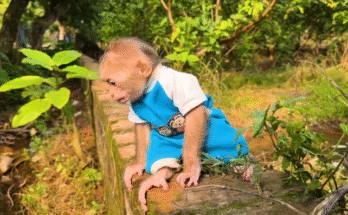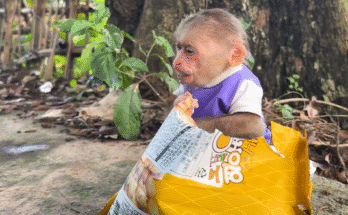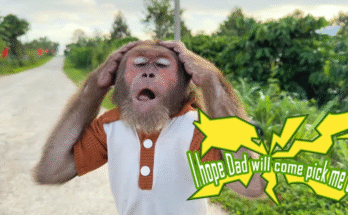
Cutis Farmer was not your average village cultivator. With wild curls tucked under his straw hat and a perpetual grin smeared across his sun-baked face, he always seemed to have a new idea growing alongside his crops. Some in the village called him eccentric. Others called him brilliant. Either way, Cutis had a reputation for doing things differently, and today was no exception.
It all started with a rickshaw.
Now, most villagers used carts or oxen to transport harvests. But Cutis? He had his eyes on an old, squeaky, rust-red rickshaw parked behind the community teahouse, half-buried in weeds and memories. Rumor had it the rickshaw once belonged to a city man who tried to move to the countryside, only to return to the hustle after a week of mosquito bites and rooster-crowed mornings.
But Cutis saw potential.
He walked into the teahouse one morning, sipping on hibiscus tea brewed from his own garden, and announced, “I’m taking that rickshaw. Gonna harvest hibiscus leaves and feed a goat. Mark my words!”
The patrons chuckled into their cups.
“Cutis, you feeding a goat hibiscus? That’s like feeding silk to a pig,” old Mr. Dev chortled, shaking his head.
But Cutis just grinned wider. “You’ll see.”
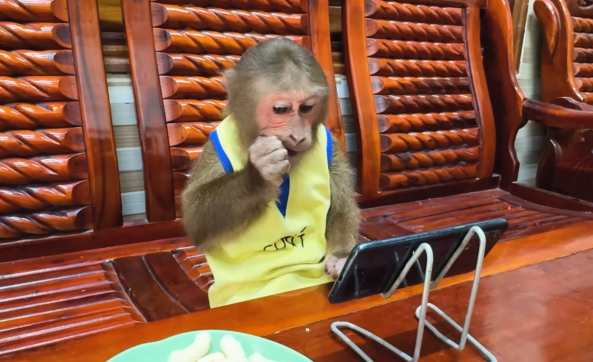
The next morning, with the village still yawning awake, Cutis rolled the rickshaw out from its resting place. It creaked in protest, but with a bit of oil, a lot of elbow grease, and some enthusiastic hammering, it was ready to roll. He repainted it with broad, joyful strokes of yellow and green, and added a flower basket to the front. It wasn’t elegant, but it was very Cutis.
With a shout of “Hiya!”, he pedaled toward his garden — an emerald patch bursting with life at the edge of the river. Rows of hibiscus bushes stood tall, their crimson flowers fluttering like flags in the morning breeze.
Hibiscus, in the village, was mostly known for tea or temple offerings. But Cutis had discovered something curious one afternoon while snacking by the goat pen. He had tossed a few leftover hibiscus leaves to his goat, Marigold, a spirited little creature with mischievous eyes and a love for climbing onto anything remotely elevated — including Cutis himself.
Marigold devoured the leaves with gusto.
Not just gusto — gusto. Her tail wagged. She bleated in joy. And over the next few days, Cutis noticed something remarkable: her coat grew shinier, her hooves stronger, and her bleats carried a curious tone of contentment. He began mixing hibiscus into her daily meals. Soon, word got out.
“Cutis’s goat is glowing!” said one villager.
“She’s been drinking beauty tea, I bet!” giggled another.
But Cutis, seeing more than just beauty, saw possibility.
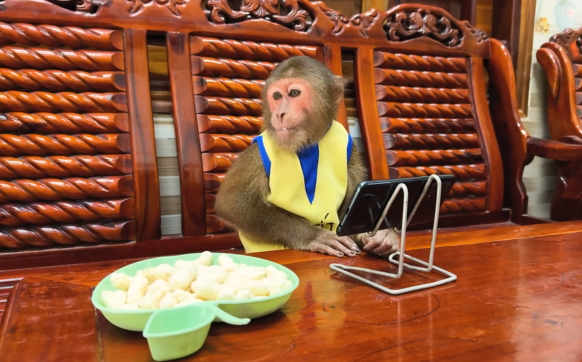
And so began the hibiscus harvest.
With rickshaw wheels spinning and hands flying, Cutis clipped and collected leaves with precision, filling baskets he’d woven from banana fiber. The rickshaw made it easy to ferry load after load from garden to pen. Marigold bleated with joy each time he arrived, prancing in circles, eager for her hibiscus feast.
Word spread quickly.
One by one, farmers began stopping by to see the rickshaw-goat-hibiscus operation. Children laughed as they got free rickshaw rides while Cutis pedaled through the village shouting, “Leaf express delivery!” Adults scratched their heads as they watched Marigold shine like a four-legged sunset.
Even the skeptical Mr. Dev raised an eyebrow when he saw the goat leap over a fence with ease.
“What’s in those leaves, magic?”
Cutis only winked. “Just nature doing her thing.”
Then, the turning point came.
Dr. Asha, a respected veterinarian and agricultural expert, visited from the nearby town. She had heard rumors of a goat with unusual vigor and a farmer with a rickshaw full of red leaves.
After observing Marigold and examining her diet, Dr. Asha was intrigued.
“Hibiscus leaves are rich in antioxidants and calcium,” she noted. “Not common livestock feed, but certainly beneficial. This could change things, Cutis.”
Cutis rubbed his chin. “Change things how?”
Dr. Asha leaned forward. “Goats across the country suffer from poor diets, especially during dry seasons. If we study the effects of hibiscus leaves further, we might develop a new type of goat feed—nutritious, affordable, and sustainable.”
The idea struck lightning in Cutis’s mind.
A new purpose. A bigger plan.
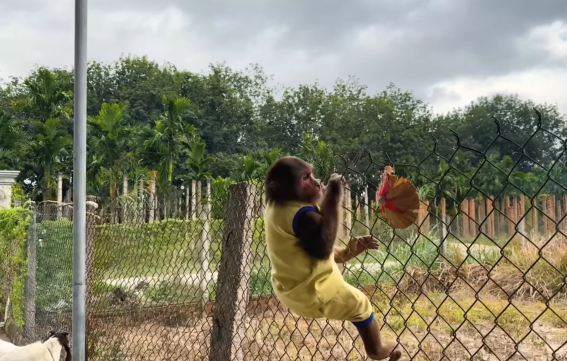
Soon, with help from Dr. Asha and curious villagers, Cutis turned his garden into a pilot farm. Rows of hibiscus expanded. He taught others how to grow and harvest efficiently. They learned to dry the leaves, grind them into flakes, and mix them with other goat-friendly grains.
And, of course, the rickshaw was always in motion — now with Cutis and neighborhood kids taking turns pedaling the leafy cargo across the village.
They even named it: The Leafmobile.
Marigold became something of a local celebrity. Painted murals of her decorated school walls, and she starred in a children’s storybook titled Marigold and the Magical Leaves, which the village kids read aloud during evening storytelling sessions under the banyan tree.

Months passed, and the small experiment blossomed.
Villagers noted their goats growing healthier. Farmers who once struggled during lean months began planting hibiscus as a dual-purpose crop. Even the local tea shop added “Goat-Glow Hibiscus Blend” to their menu, with a wink at Cutis’s legacy.
One crisp morning, Cutis stood beside the rickshaw, now covered in stickers and streamers, watching the sun rise over the river.
Dr. Asha approached with a clipboard.
“Ready for the regional agri-fair? They want you to speak.”
Cutis chuckled. “Me? Speak at a fair?”
“They’re calling you the Rickshaw Farmer. Word’s gotten out. Big-time.”
Cutis looked at Marigold, who nibbled on fresh leaves beside him. He thought about the rickshaw, the laughs, the doubts, the joy, and the simplicity of feeding a goat something that made her happy and healthy.
He tipped his straw hat. “Alright then. Let’s roll.”
And off they went — rickshaw wheels turning, hibiscus leaves swaying, and a goat with a glowing coat trotting proudly beside them.
Just a farmer, a rickshaw, and a dream made of leaves.
